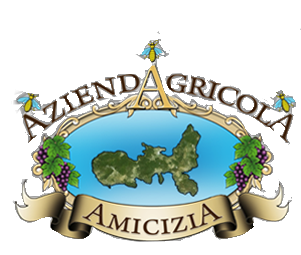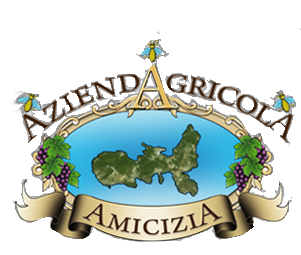Irrigation
Irrigation is crucial for a good result, in fact the soil must remain damp for four weeks until the grass starts to sprout.
The first cut should be performed no earlier than six eight weeks after sowing, when the grass reaches at least eight ten centimeters.
Check that the blades of the lawnmower are always sharp and they do not leave materials that are harmful to the turf on the ground.
Maintenance
To have a beautiful and harmonious garden, the right maintenance is essential.
It is advisable to carry out two general fertilizations over the year, one or two monthly foliar fertilizations during the period of maximum vegetation.
Monitor the state of health of the plants, if phytopathologies are found, consult an expert as soon as possible to set the right care.
Regeneration
The regeneration is performed on old, worn or sick lawns.
Remove the felt, clean the soil, re-seed, fertilize, irrigate abundantly, after a few weeks the lawn is renewed.
The advantage of this operation is given by the fact that it is possible to obtain a new lawn without having to dig in order to reduce costs considerably.
It is always useful to administer anti-moss and anti-chlorosis products in the right periods that fight pathologies affecting the lawns.
Lawn Construction
There are two ways to make the turf.
Traditional sowing made with selected seeds mixed together on a well-worked ground, free of stones and weeded, or laying on properly prepared soil of turf rolls, this second solution, although very expensive, undoubtedly offers the best results successful, giving an immediate aesthetic effect.
It is important to make sure that the turf rolls are moist and vital and of uniform thickness.
The portion of land intended to receive this plant must be free of weeds, stones and perfectly worked and leveled.
It is laid on the ground by placing the chaotic tiles together, finishing the joints and filling the interstices with sand or other suitable material.
Topdressing
This practice consists in the administration to the turf of a mixture of TSI peat sand and specific fertilizers. In order to improve soil fertility, lawn texture, environmental conditions for soil microorganisms.
This practice is used by expert maintenance technicians to check the felt, to correct the differences in the terrain, holes, depressions.
Felt removal
The felt is a layer composed of shoots, roots, cut residues, leaves, which is formed between the green part of the crown and the roots of the grasses. This layer, by interrupting the correct gas liquid exchange between soil and atmosphere, profoundly changes the metabolism of the turf.
The main damages caused by the felt are:
Increase in fungal diseases and insect attack
Loss of turf anchorage
Decreased resistance to high and low temperatures
Ventilation
The ventilation consists in making holes in the ground to allow the penetration of air, water and nutrients possibly brought by the fertilizations. This operation is indispensable for lawns intended for particular purposes such as sports activities but it is also useful in common lawns because they maintain a valuable aesthetic and functional value.
It therefore becomes essential to provide for effective aeration of the soil whenever it appears excessively compact. The compactness of the turf may depend on some errors in the planting phase but sometimes it is a normal consequence of the settling of the soil and the development of vegetation. In both cases, timely intervention with appropriate means, carried out by expert people, becomes important.
The care of the margins
Even when they are treated with particular attention, the edges always tend to become irregular, if they are not delimited by a curb, since the crawling species always tend to propagate towards the free space. At least once a year, therefore, action must be taken to cut the grassy clods that have gone beyond the limits.
The moss
These are plants belonging to the Bryophyte class. Moss develops in humid and cool weather conditions, especially in autumn and spring, favored by the low fertility and low vigor of the lawn. The attack of insects or harmful organisms, the lack of ventilation, bad drainage, excess of too low shearing are all factors that determine the formation of a sparse weak turf, thus allowing the moss to settle. The mixture creates a felt on the surface of the lawn that prevents the airing of the roots by limiting the normal growth of the lawn.


